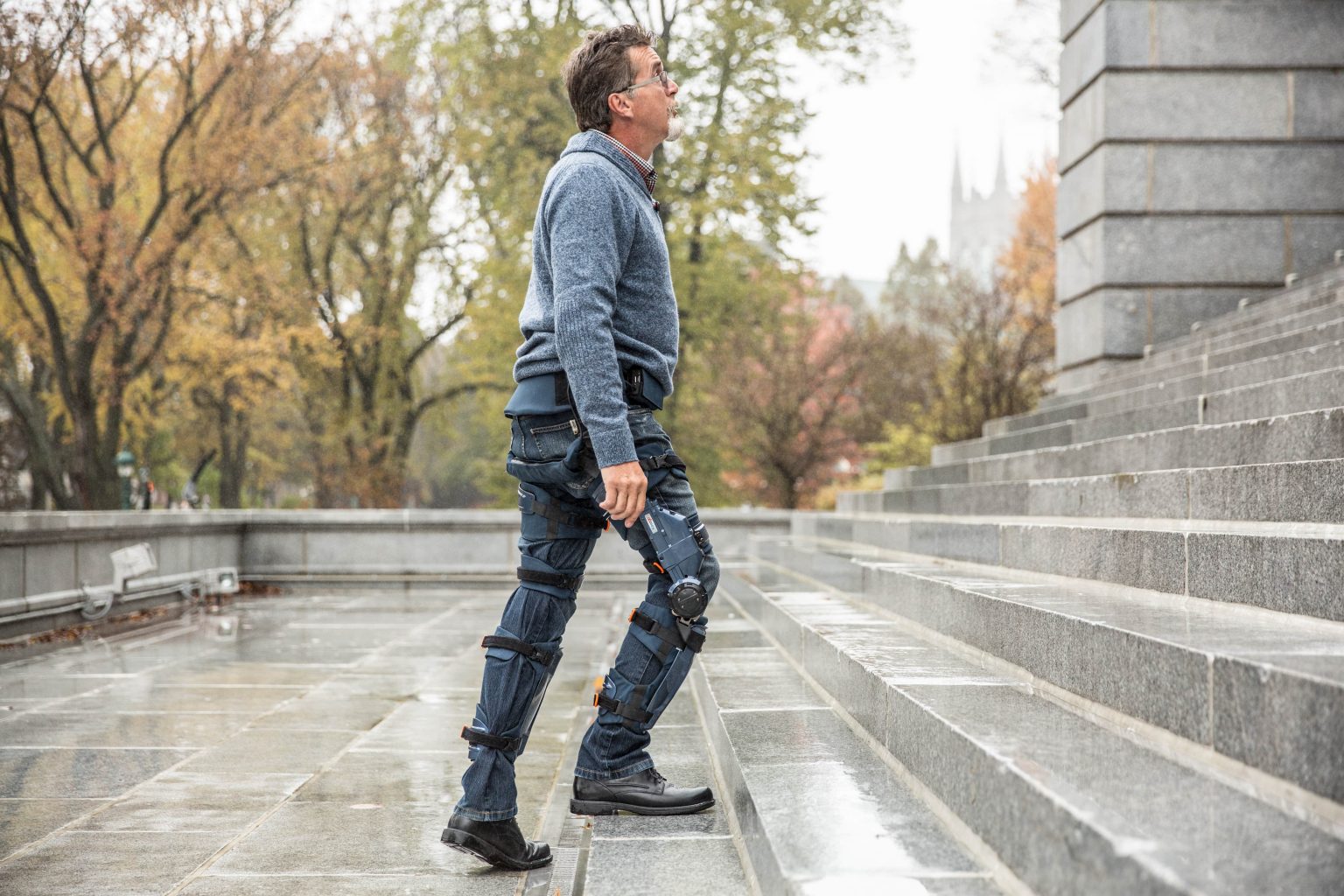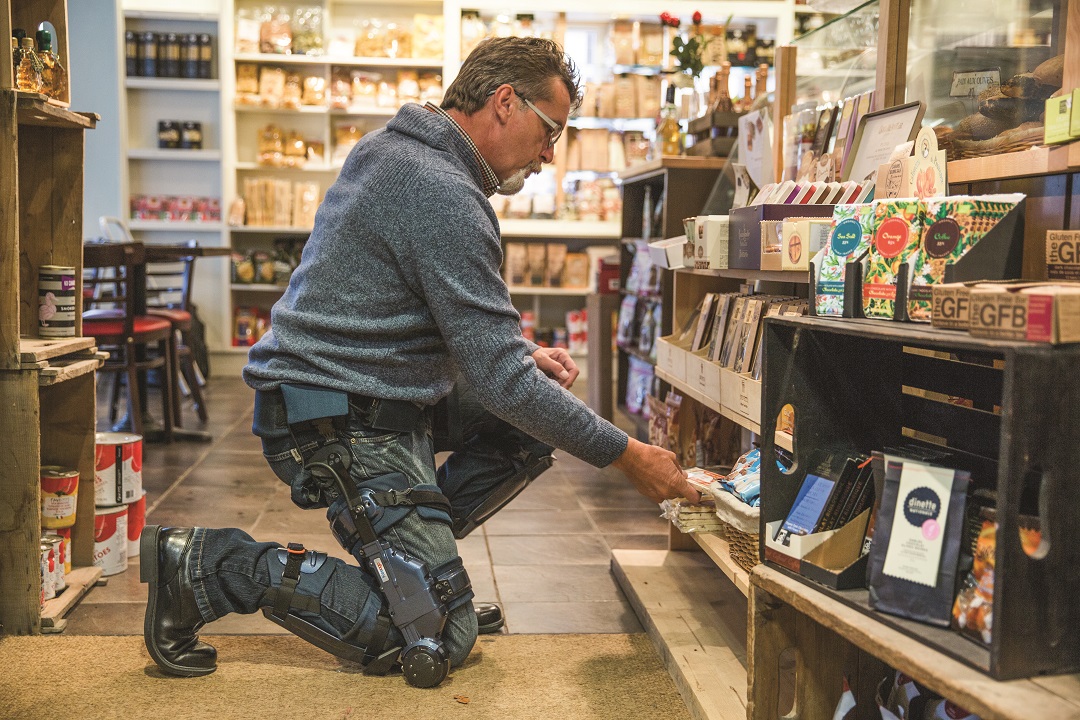Benefits of robotic physiotherapy equipment, exoskeleton, walking assist devices & stroke rehabilitation
Robotic exoskeletons, walking assist devices and physiotherapy equipment are effective treatments for patients that are recovering from a stroke, brain injury, spinal cord injury and other neurological disorders.
Developed with advanced technology, these robotic physiotherapy equipment are essential tools that enhance our therapists’ ability to provide the best treatment possible.
Combined with the human expertise of our physiotherapy team, robotic rehabilitation Malayisa's technology will significantly drive repetition to trigger a patient’s brain neuroplasticity, improve recovery rates and restore motor function.
In the past 20 years, clinicians worldwide have increasingly utilised robotic physiotherapy equipment such as the robotic exoskeleton and robotic walking assist device. This technology has been proven to boost patients’ recovery.
Robotic exoskeleton comes in different forms of wearable motorised exoskeletal frames that enable the wearer to move their leg or hand.

This life-changing robotic rehabilitation technology was created by B-Temia in Canada. It’s a unique class of robotic exoskeletons that improves a patient’s recovery outcome.

Keeogo’s robotic physiotherapy equipment provides mobility, stability and complementary knee strength to improve ambulatory activities such as:
.jpg)
Here’s another innovative life-changing robotic rehabilitation technology. The Mirror Hand robotic exoskeleton was developed by Rehabotics Medical Technology Corporation in Taiwan. This robotic physiotherapy equipment can boost hand recovery.
The Mirror Hand robotic exoskeleton utilises sensing technology during treatment. So a patient can guide their affected hand by using their healthy hand to conduct mirror therapy or bimanual rehabilitation.

The Mirror Hand robotic rehabilitation device combines passive continuous motion (CPM) and bilateral training mechanisms to enhance the patient’s finger joint rehabilitation. The patient can also autonomously switch into different rehabilitation modes when performing hand rehabilitation, including a mirror-guided and passive mode. Training with the Mirror Hand robotic exoskeleton can benefit patients with conditions that limit their mobility such as:

 Malaysia
Malaysia